After the first part in which we talked about Anguissola, Morisot and Krasner, we return to the fray with three other artists whose names you must learn forever.
Imagine you're walking down the street and suddenly you're stopped by a TV game show and told that you'll win a hundred euros for every painter's name you can name. Or a thousand euros, much better. And they say: "Time!" And of course, apart from Frida Kahlo, Sofonisba Anguissola, Berthe Morisot and Lee Krasner, who we talked about last time and who you should know by now, you can't name any more. It would be horrible. You'd lose a lot of money. And you'd make a fool of yourself, because you don't know what's worse.
This is not at all based on a recurring fantasy of the person writing this, but if it were to happen (and although there are few possibilities, at least there are some), we would not forgive ourselves if you did not know the story of more female painters. So we continue this cycle with three new names of artists that you better remember (in case you are stopped on the street and it helps you earn money).
Clara Peeters
Very little is known for certain about the life of one of the greatest painters in the history of the Netherlands. A pioneer of still lifes, there are doubts about where and when she was born, but it is suspected that it was between 1580 and 1595 and that she died after 1621 – around 1659, according to some scholars. Because Peeters' biography is the biography of her paintings (of which there are only 39 works in the whole world with her signature or with sufficient evidence to attribute them to her).


Of Flemish origin, it is almost certain that, if not born, he at least lived in Antwerp, since six of the supports he used for his paintings came from there, the brand of the knives he immortalized in his paintings (at that time, each diner carried their own knives, which they then presumably washed in turns) and thus appears in a document from 1635 that talks about one of his works from 1608.
It is very likely that she dealt frequently with art dealers, as her works appeared in Spain, France, Germany and England in the following centuries. Having been denied the study of anatomy, she became a master of still life, mixing ceramics and cutlery with fish, birds, vegetables and flowers.


She was a pioneer of hidden self-portraiture, immortalising herself in miniature in the paintings she painted in the reflection of glasses and pots. In 2016 she was the first woman to have an exhibition dedicated to her at the Prado Museum.
Eva Gonzalez
She had a short life (1849-1883), but in her 34 years of life, this Parisian descendant of Spanish parents entered the Impressionist world through the front door. Daughter of a bourgeois family (her father was a novelist; her mother was a composer), she received an exquisite education surrounded by the crème de la crème of the bohemian jet set.


She had a short life (1849-1883), but in her 34 years of life, this Parisian descendant of Spanish parents entered the Impressionist world through the front door. Daughter of a bourgeois family (her father was a novelist; her mother was a composer), she received an exquisite education surrounded by the crème de la crème of the bohemian jet set.
She was, as can be seen, very influenced by Edgar Degas, but she distanced herself from the official salons as did her teacher Manet, who died just five days before her.


Gonzalès had married the engraver Henri Guérard in 1879 and with him had a daughter, Julie, although the birth was terribly complicated and she died of an embolism caused by giving birth. She was buried in the Montmartre Cemetery, and there she remains, waiting for history to place her in the place she deserves.
Elaine de Kooning
Let's start with Elaine Marie Fried, born in Brooklyn, New York, on March 12, 1918. A radical portraitist with thick, aggressive paint ("When I paint a portrait, I don't think about anything but colors and shapes. I paint emotionally and the image is always born from that emotion," she concluded), Elaine learned to draw at the age of five and at school she was already selling the prints she made of her classmates.


She went through several schools, where she forged a style of serious and firm postulates. She said: “For me, a painting is first and foremost a verb, not a noun. An event first and, only secondarily, an image.” Or: “When I paint a portrait, I paint the person. I never paint people smiling because smiles are a response to others. A portrait must be a response to the model’s own loneliness.” She met her husband, the world-famous Willem de Kooning, in a café in Manhattan, when she was 20 and he was 34. The relationship was uneven, with Willem, a star of expressionism, criticising and sometimes destroying his wife’s works. They married in 1943, shared a studio and an attic, but the alcoholism was too much. The solution: an open relationship. And so open was it that they stopped living together in 1957 but loved each other so much that they never divorced. She would take care of him from 1976, when he was diagnosed with Alzheimer's, although she would die earlier in 1989, victim of lung cancer due to so many years of smoking.

Although she was de facto a critic, she was never overshadowed by her husband. “I don’t paint in Willem’s shadow, I paint in his light,” she claimed, and yet she changed her signature to her initials (E d K) to be recognizable. She painted with brushstrokes, and after a difficult period in which she had made her best portraits, she stopped working because she was finishing several works on JFK when he was assassinated. A famous university professor and writer, she was the first American artist to take on the role of art critic. In 1983 she was able to visit the caves of the Pyrenees, obsessed as she was with Altamira and Lascaux (France).


For her, cave art was the origin of abstract expressionism. She produced a series of paintings, the Cave Walls, based on the silhouettes of bison, bulls, horses… Her reputation came late, but now her surname is not automatically associated with her husband.




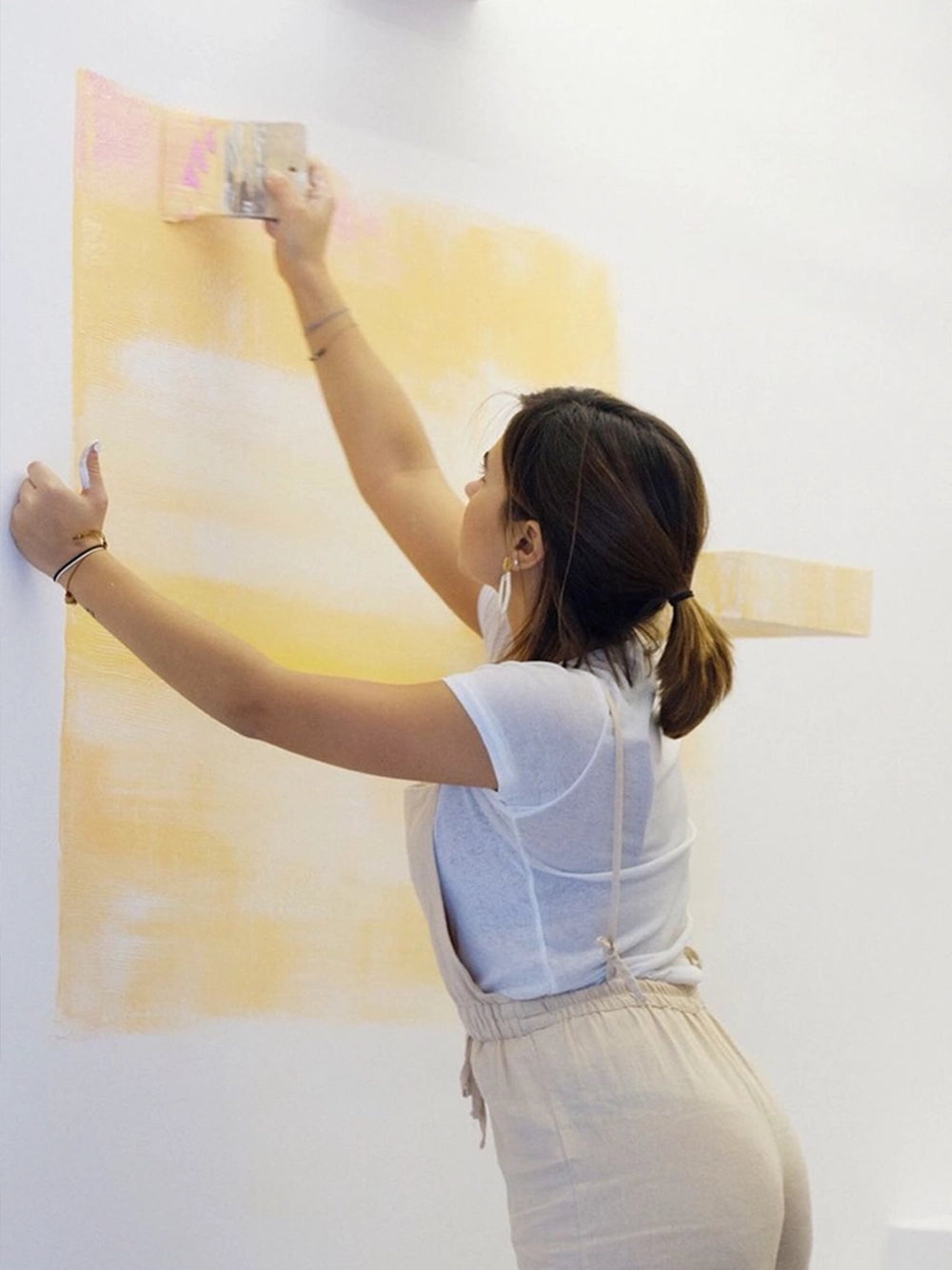
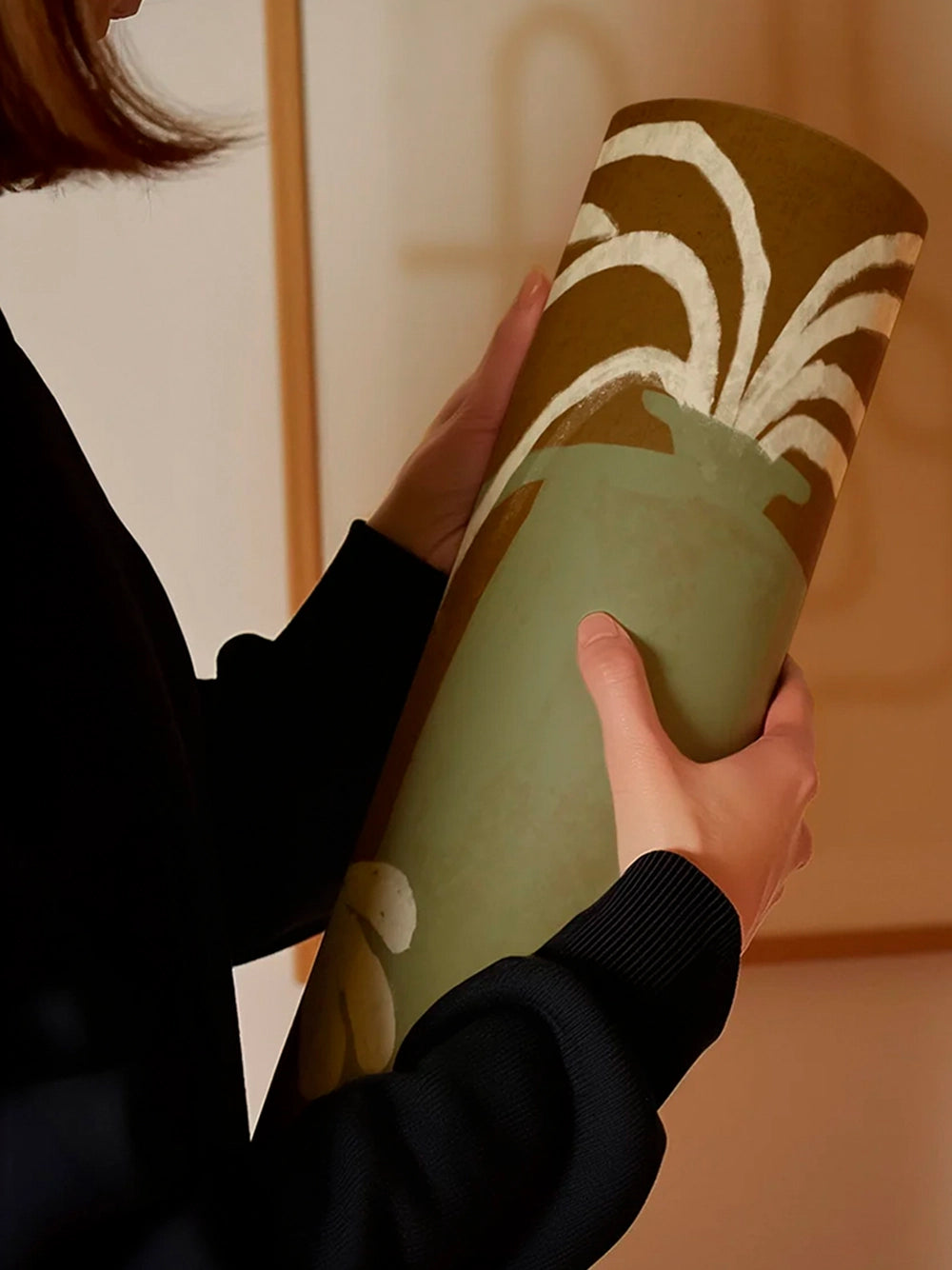
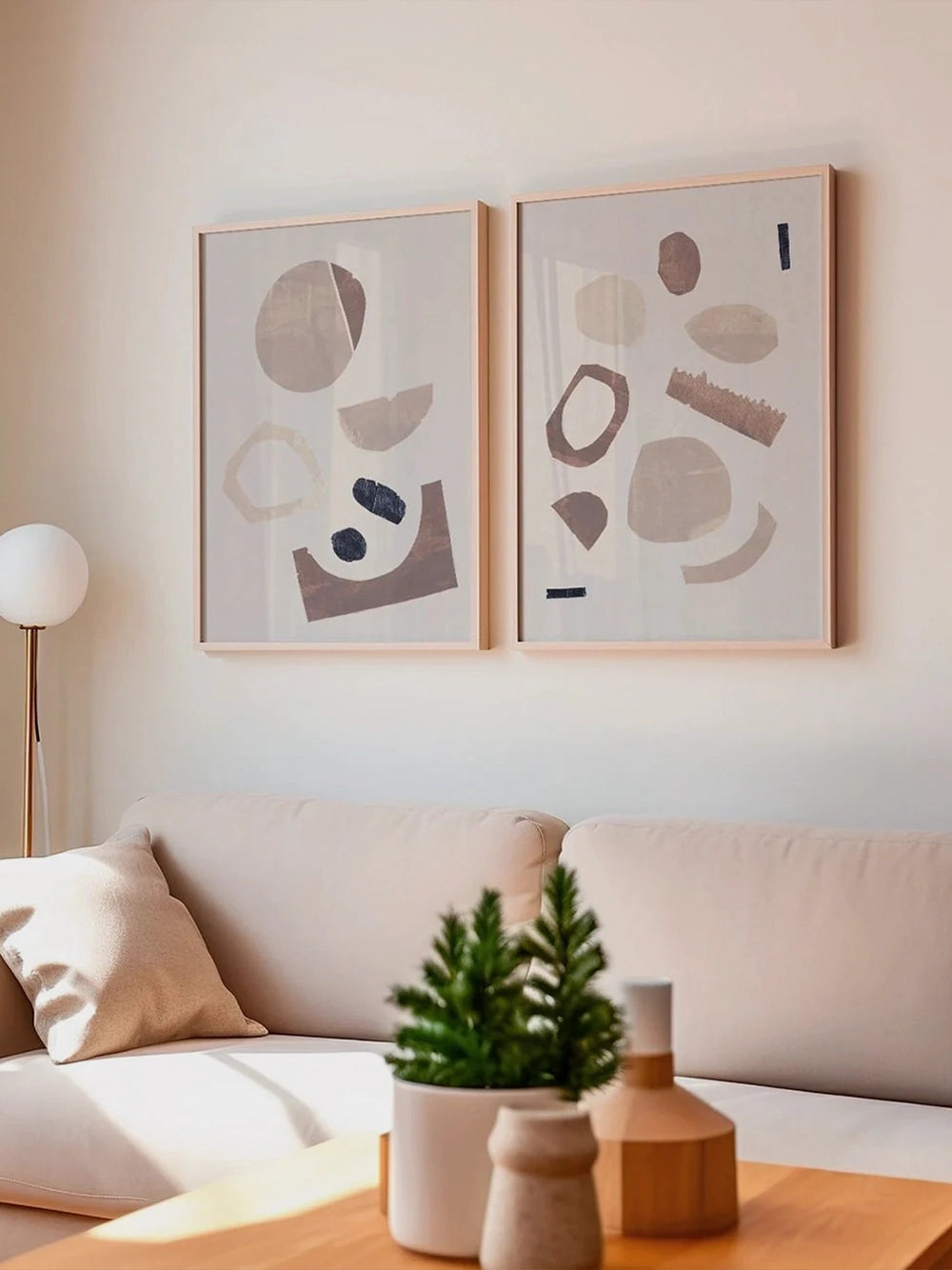
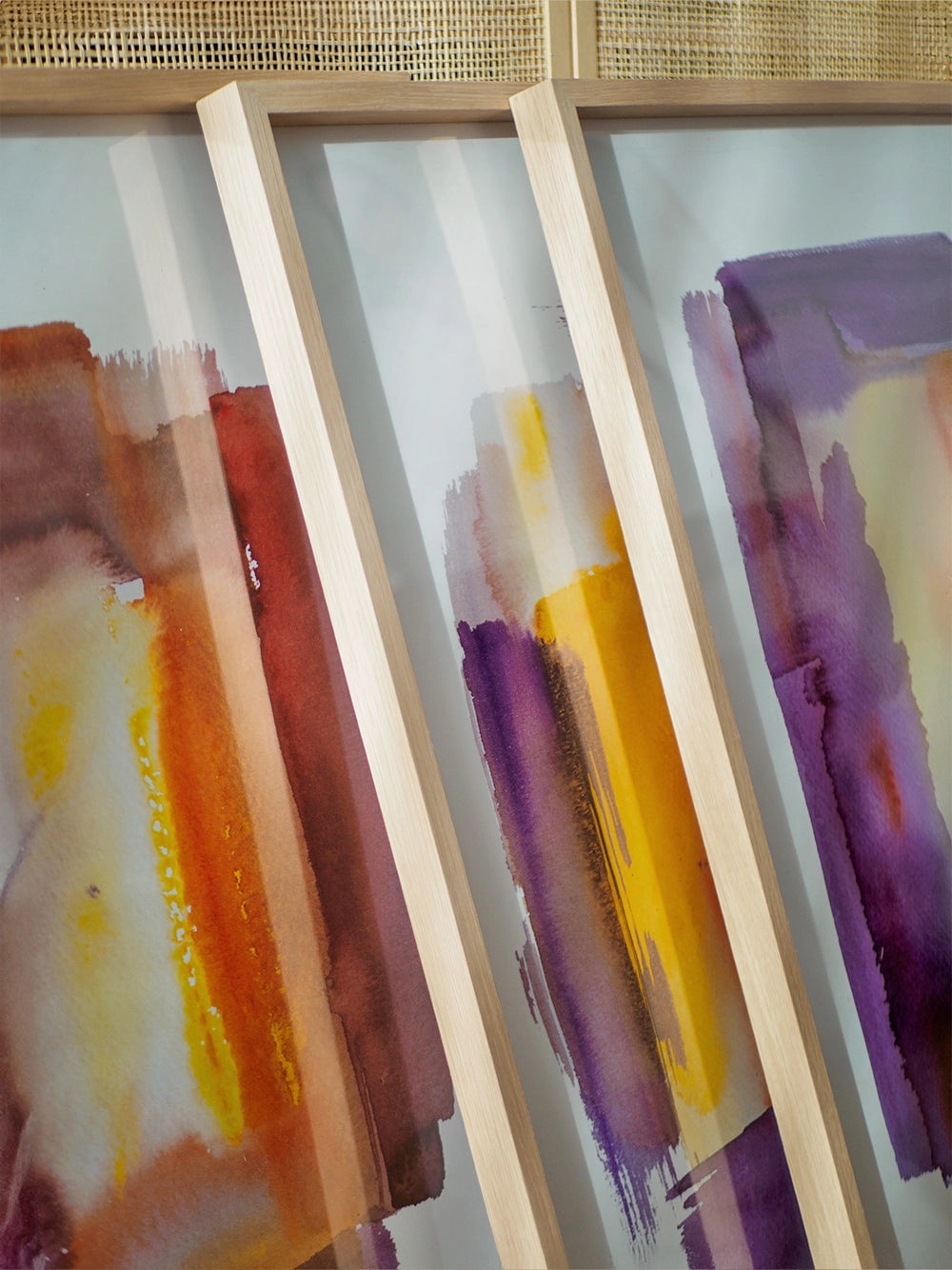
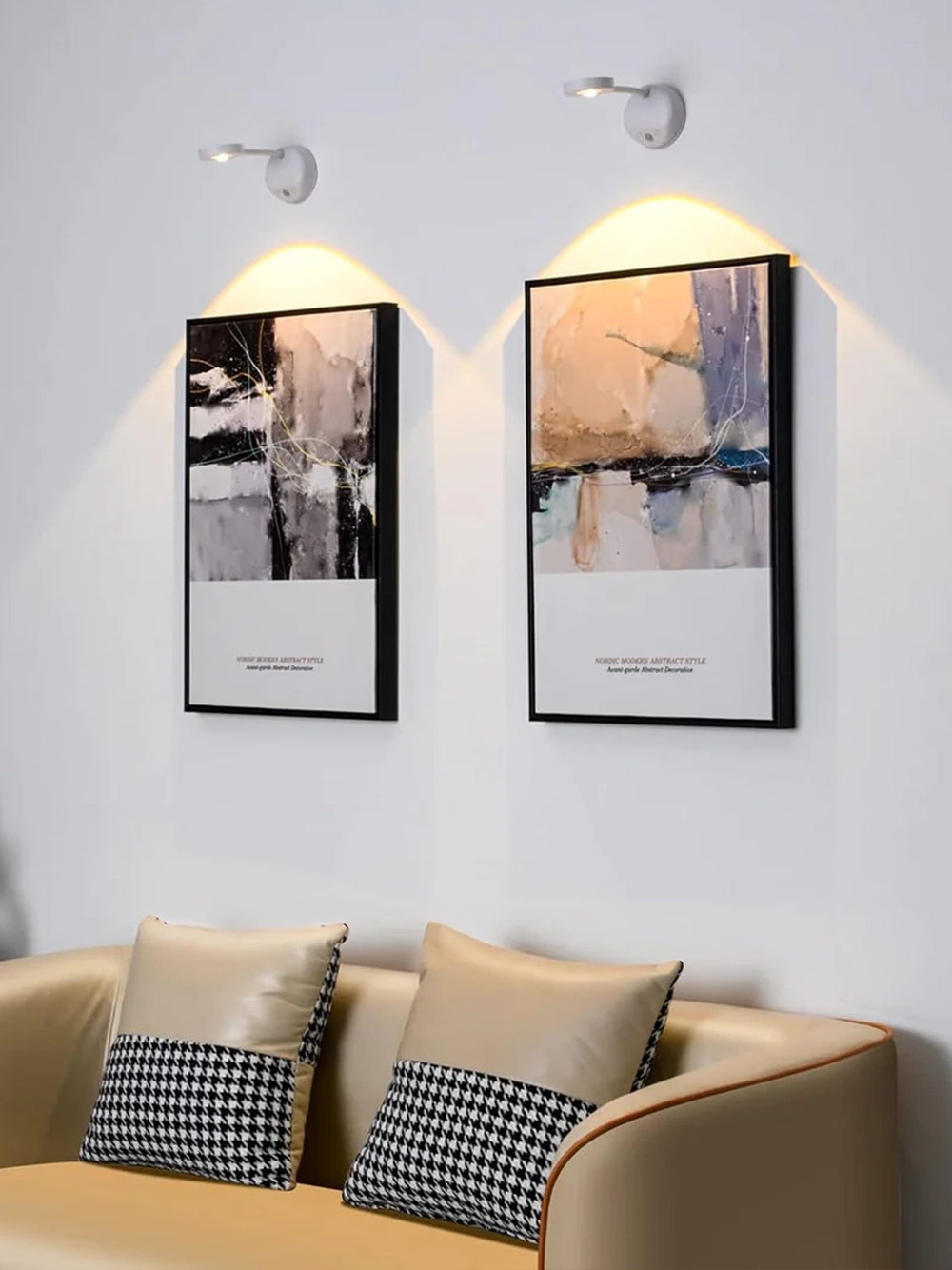
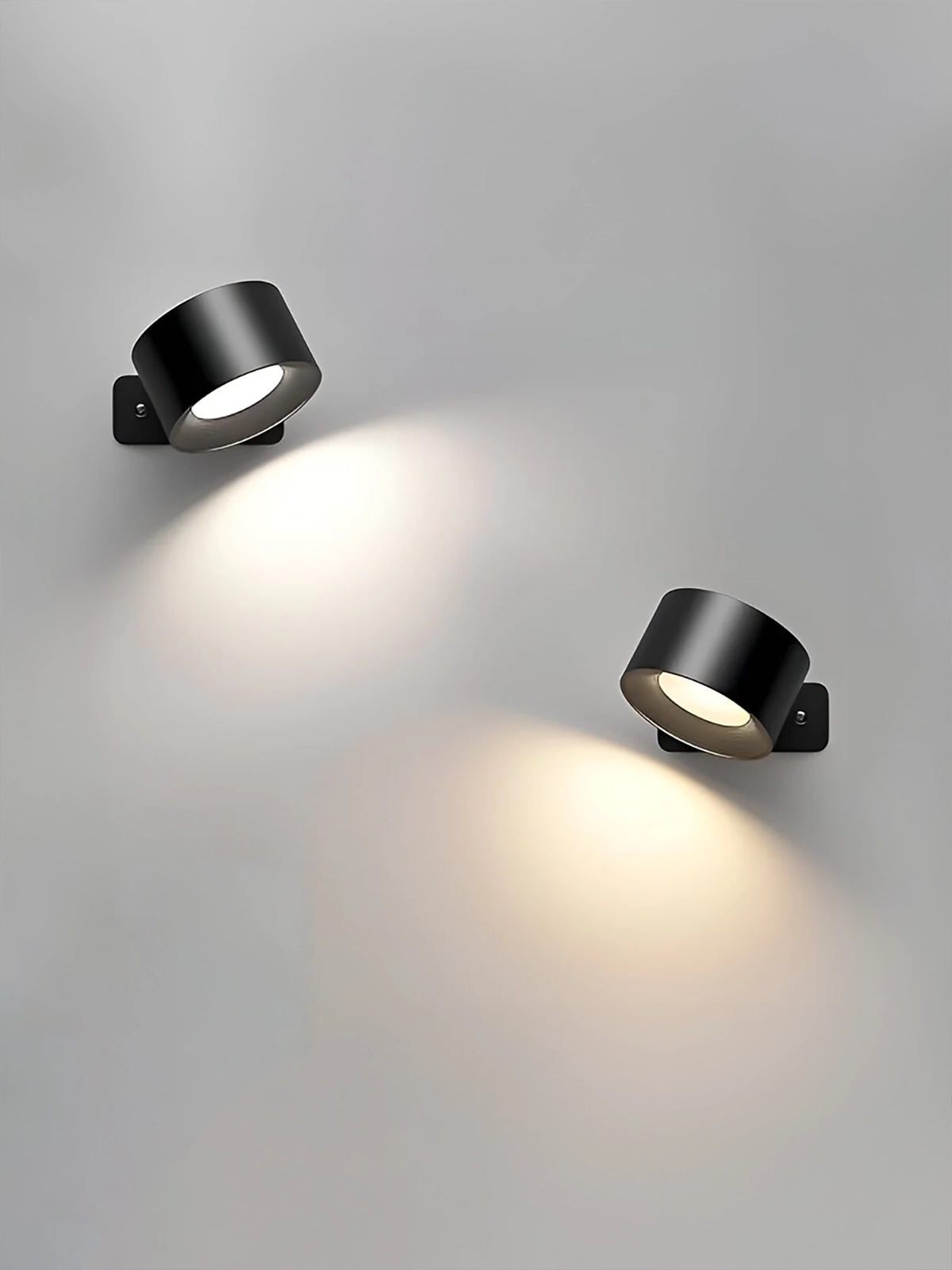
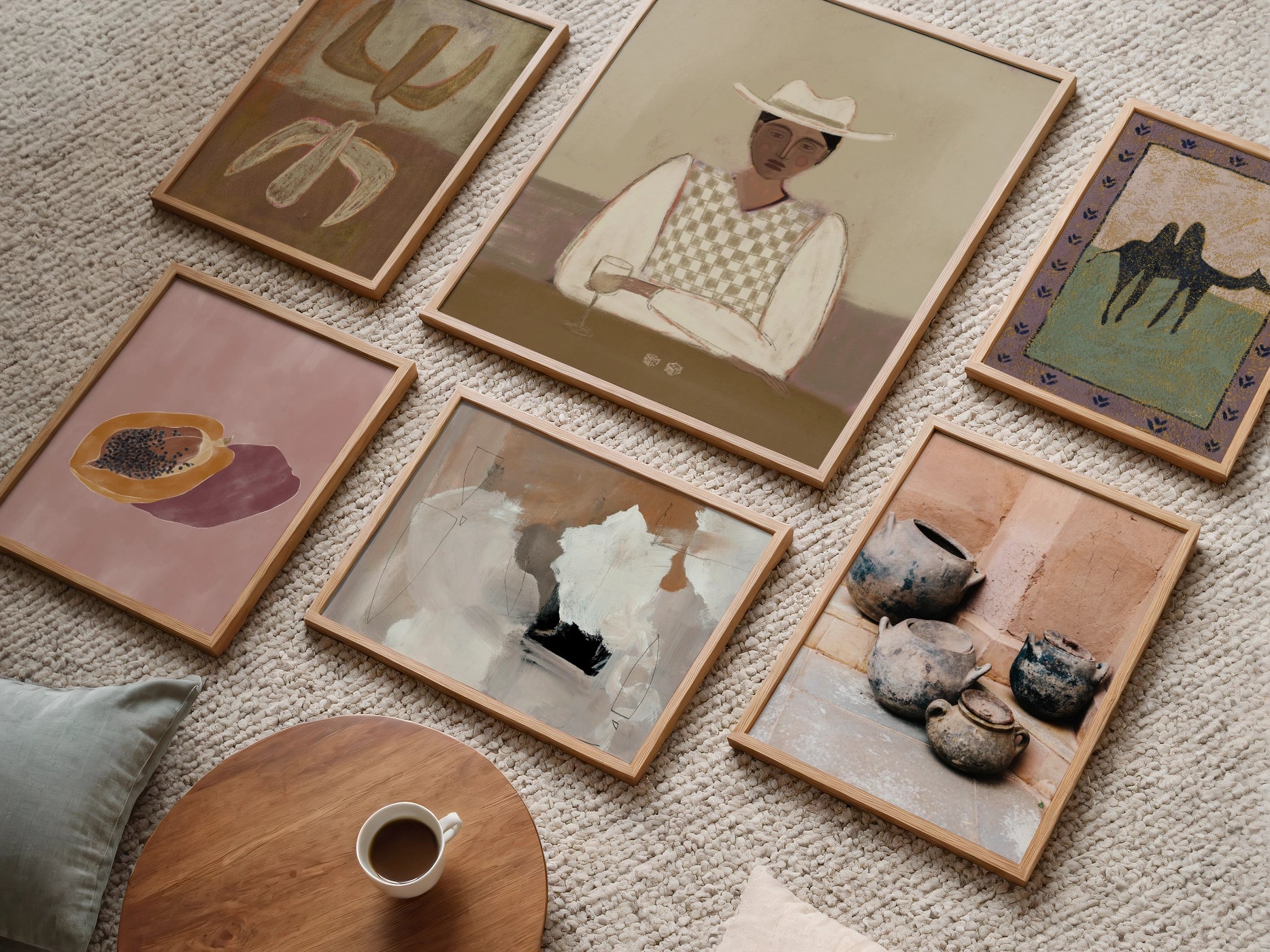
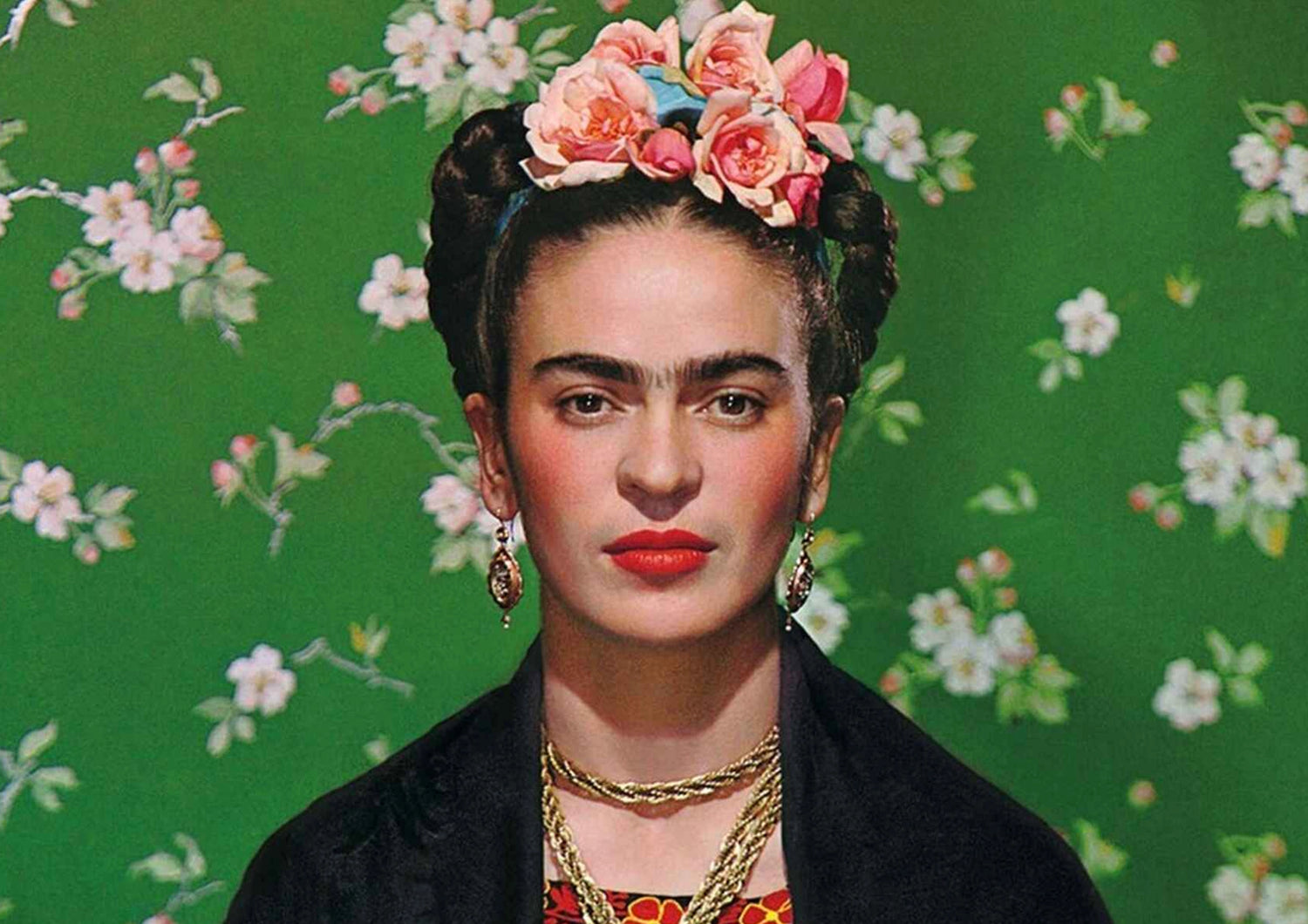
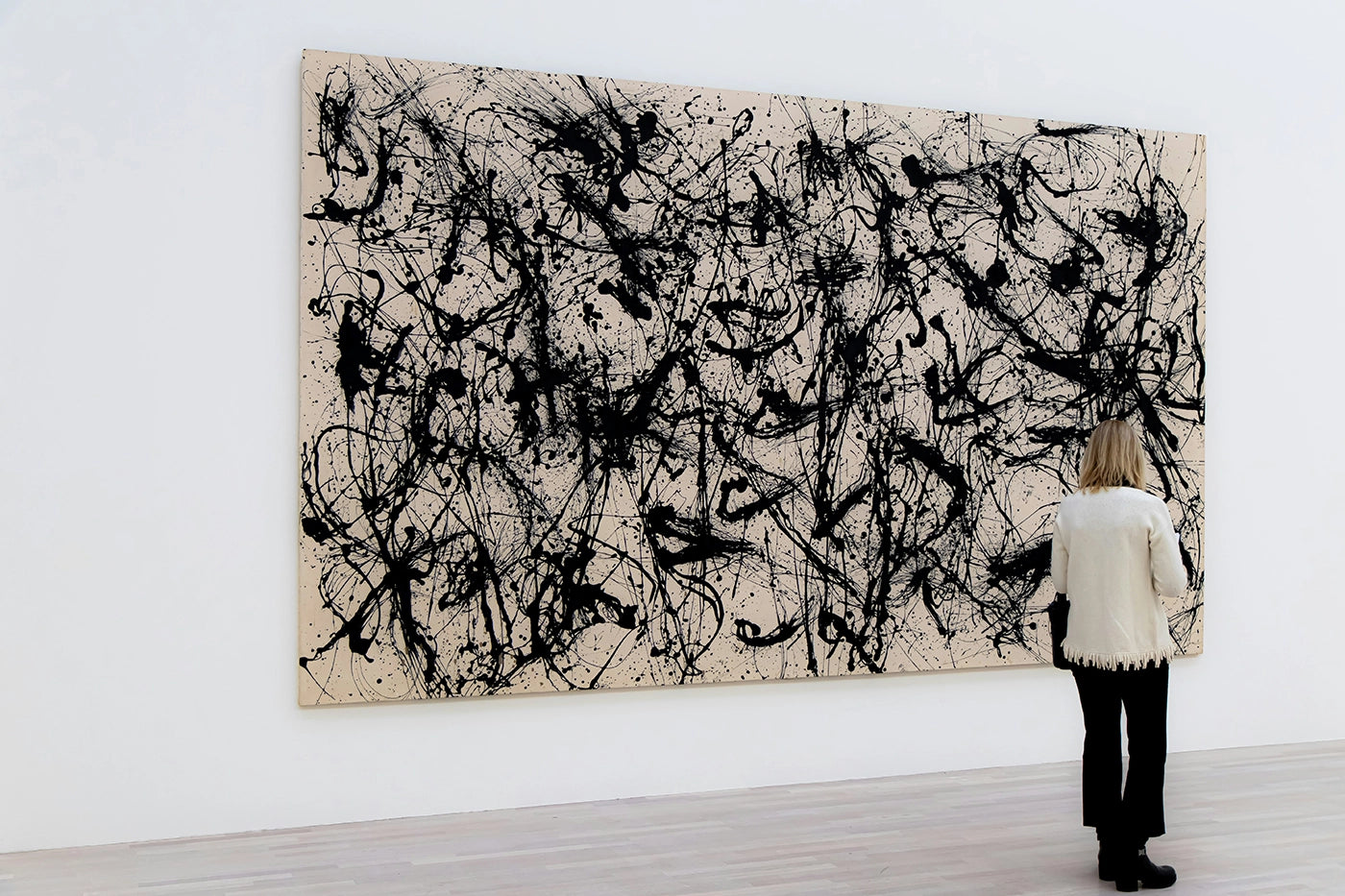
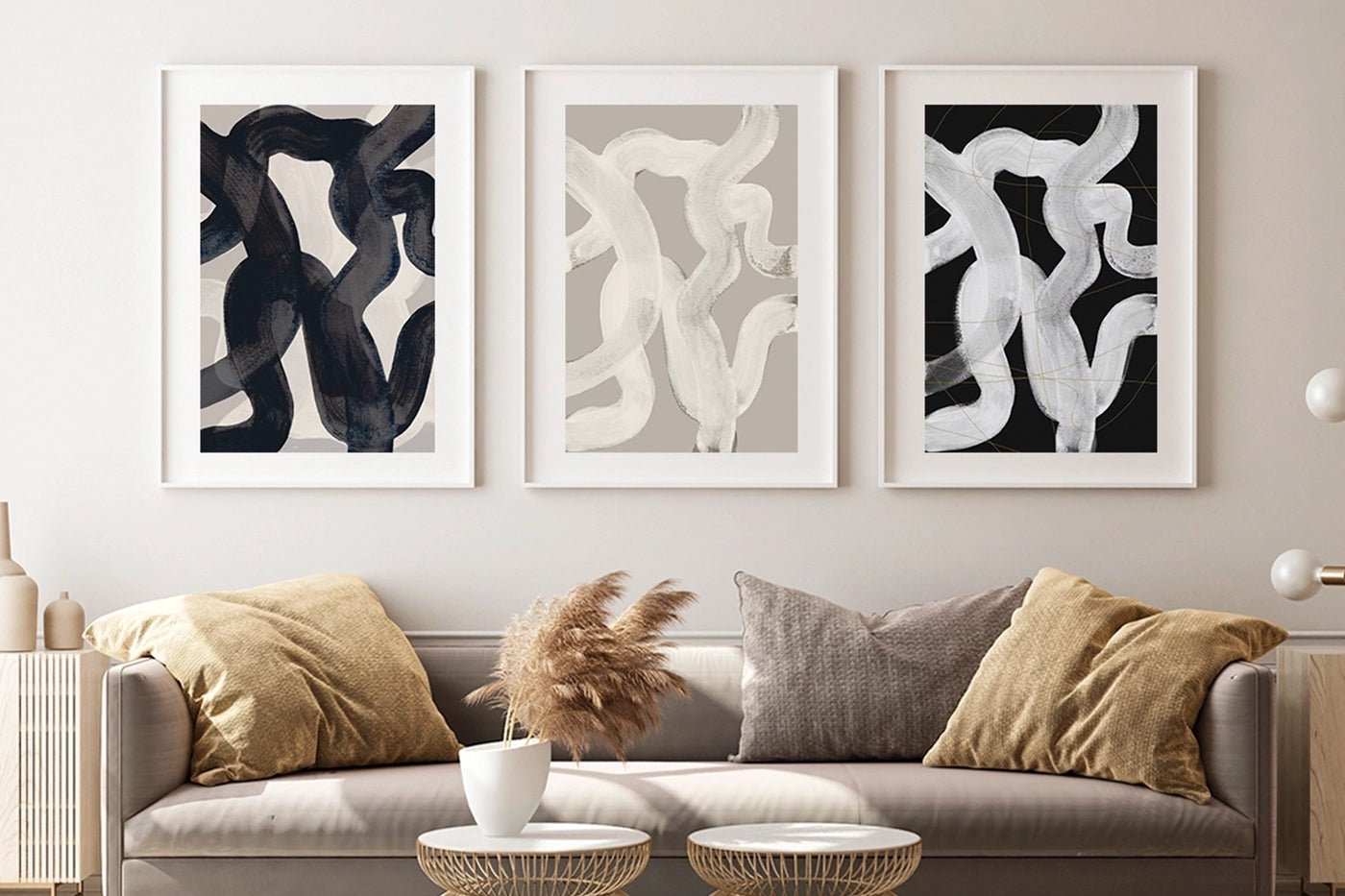
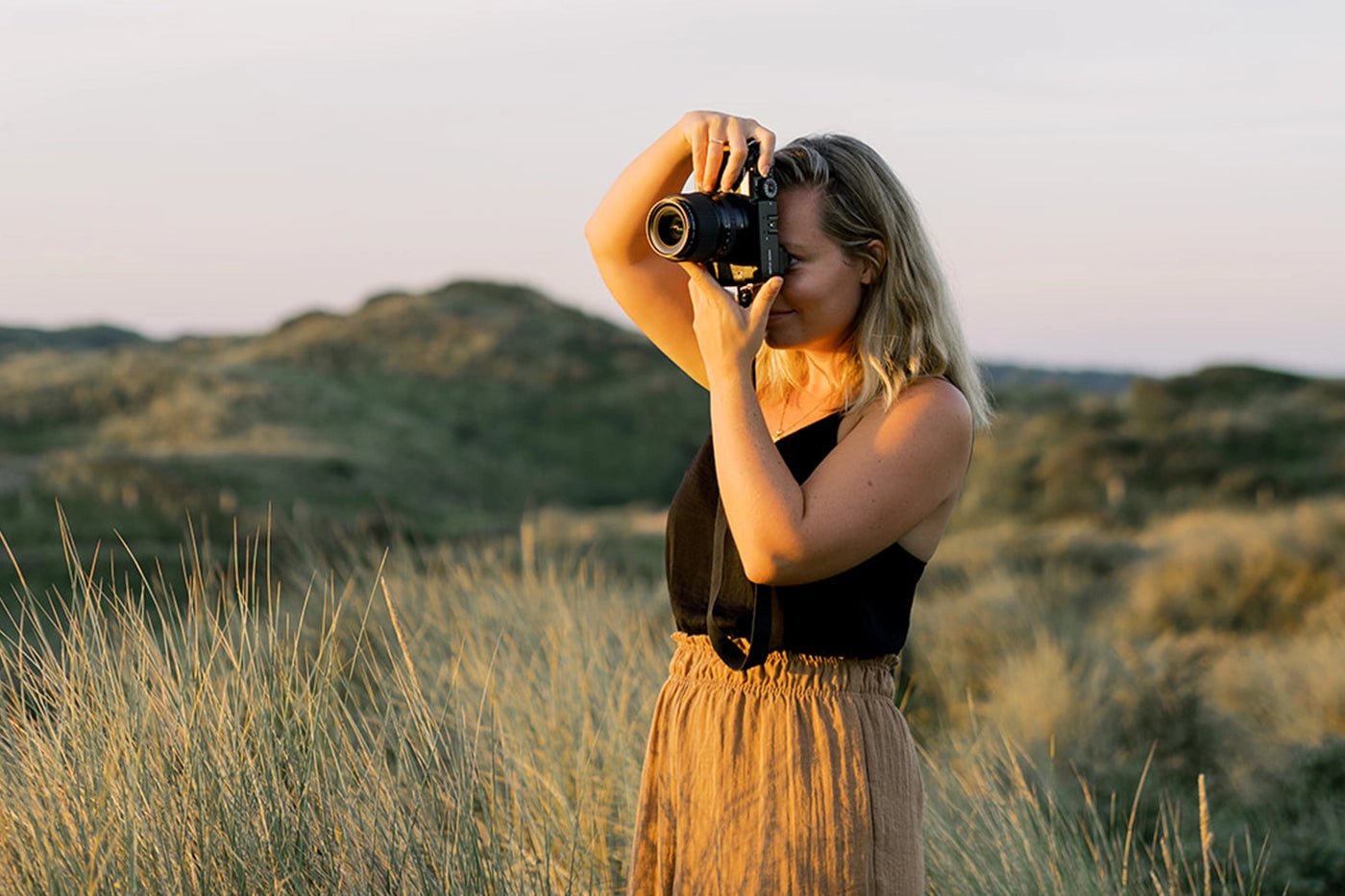
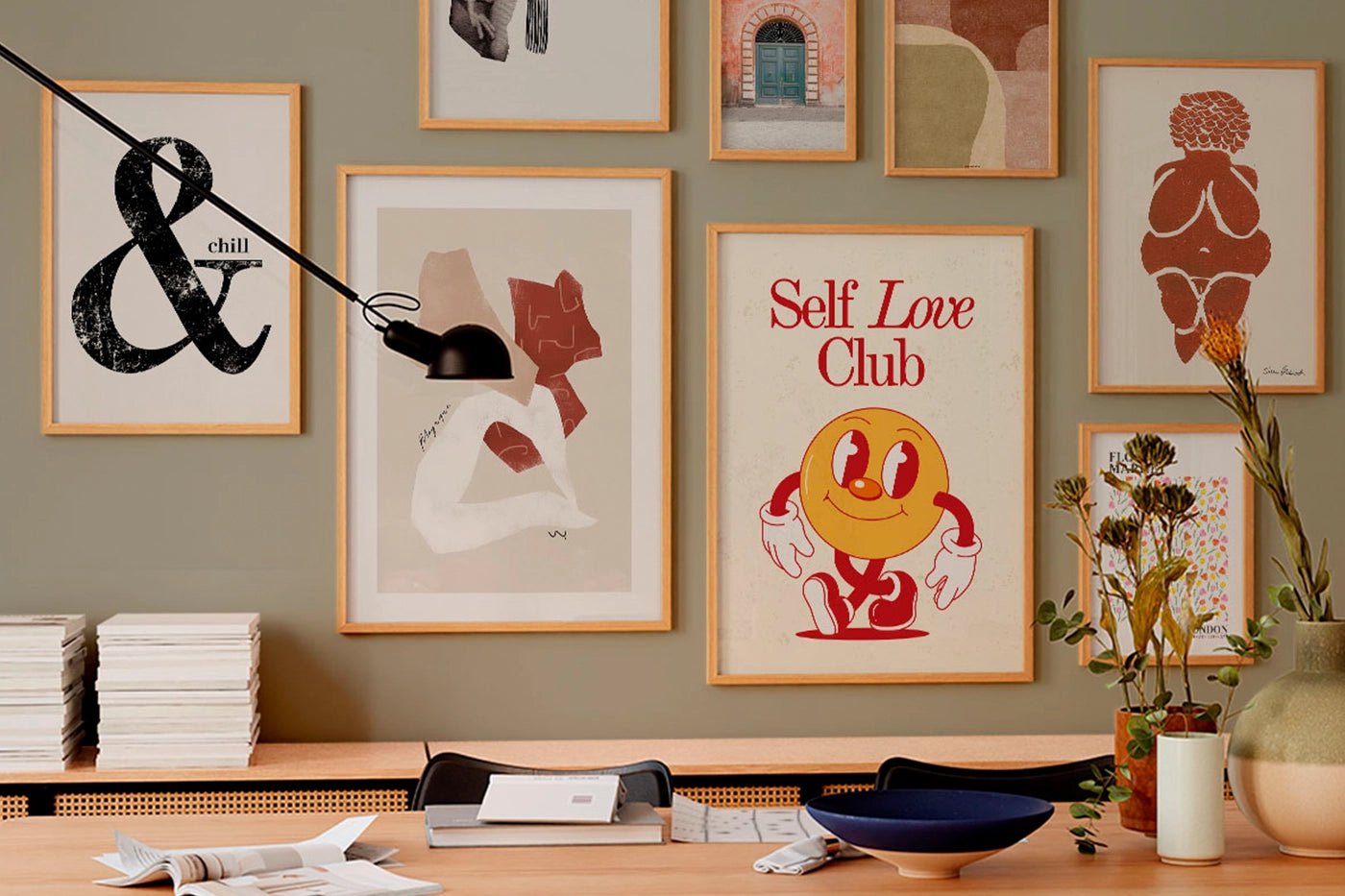
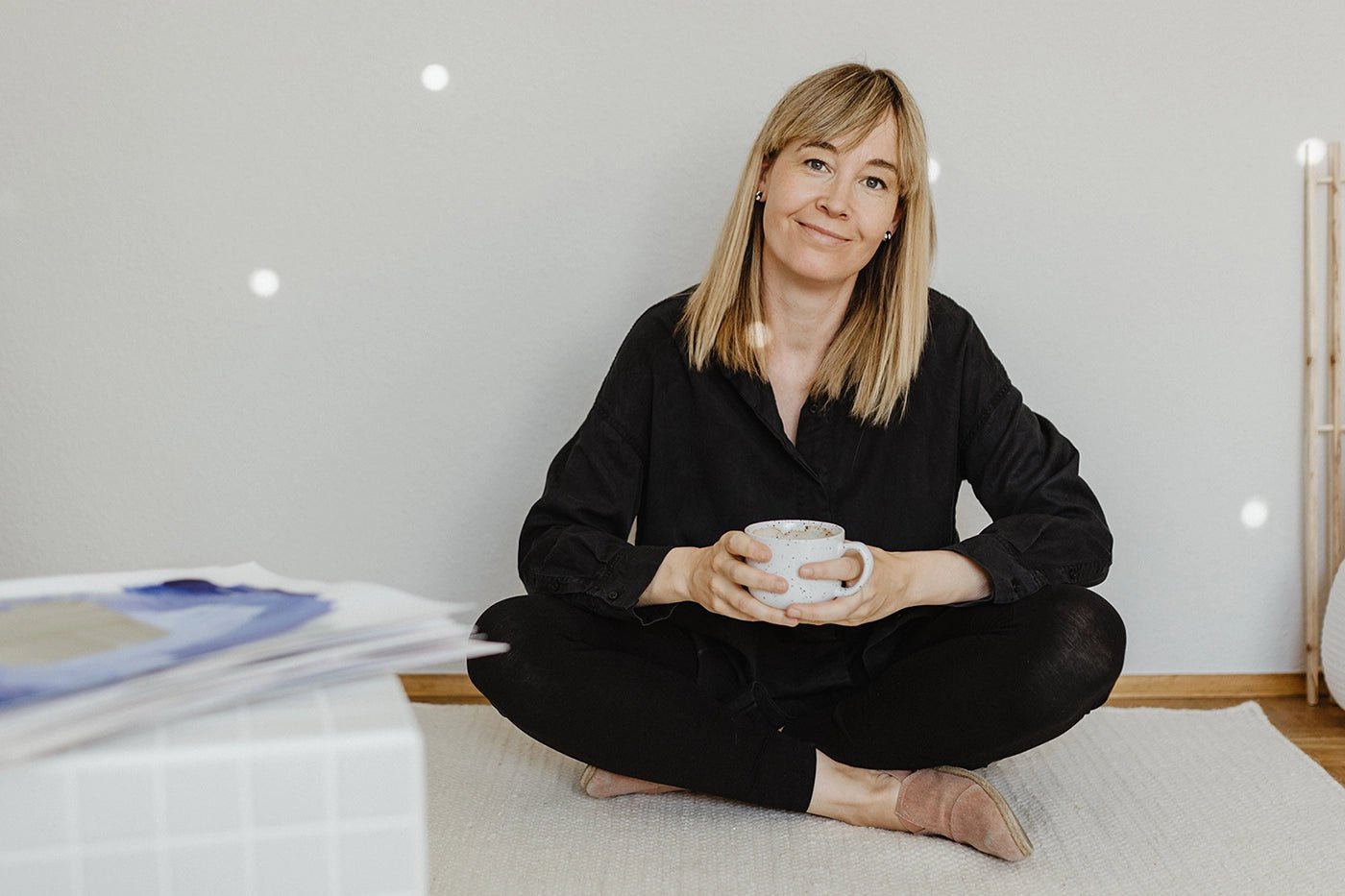


Leave a comment
All comments are moderated before being published.
This site is protected by hCaptcha and the hCaptcha Privacy Policy and Terms of Service apply.